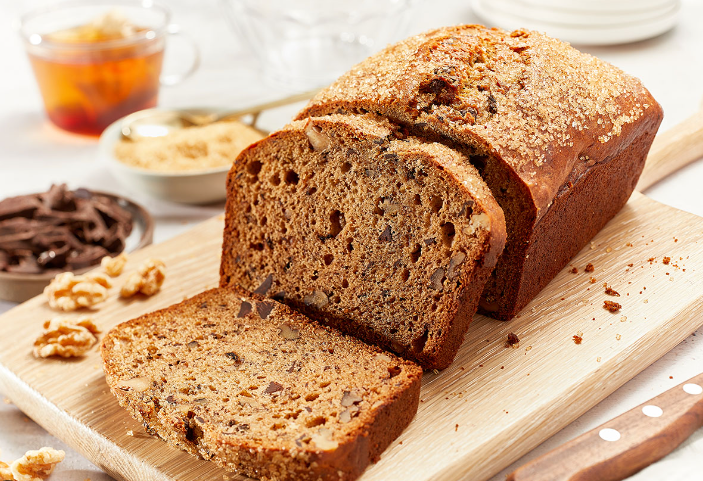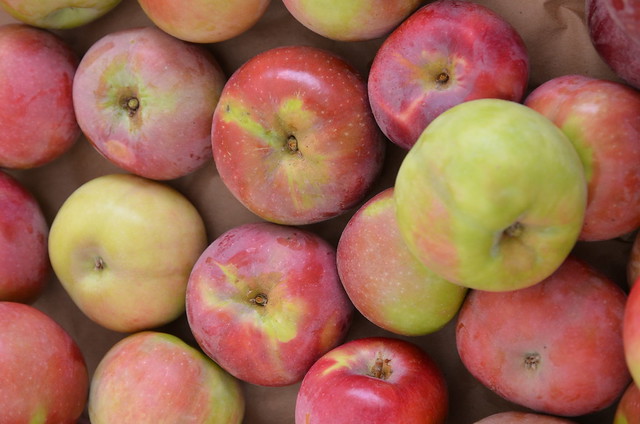If you love the sweet taste of honeydew melon but find it a challenge to cut, this guide is here to help! We’ll show you a simple way to cut honeydew that will make you look like a pro.
A honeydew has a hard skin and a soft, juicy inside, which can be slippery. But don’t worry! We’ve got some tips and the right techniques to help you cut it easily.
Table of Contents
- Steps to Cut a Honeydew Melon
- Step 1 – Clean the honeydew and pat it dry
- Step 2 – Slice off the top and bottom
- Step 3 – Cut the honeydew in half the long way
- Step 4 – Get rid of the seeds
- Step 5 – Cut into wedge shapes
- Step 6 – Peel off the outer skin
- Step 7 – Make thin slices
- Step 8 – Cube the slices
- Step 9 – Plate your honeydew cubes
- Step 10 – Enjoy your honeydew!
- How to Tell if a Honeydew Melon is Ready to Eat
- What Part of the Honeydew is Eaten?
- When is it a bad idea to eat honeydew melon?
- How can you make a honeydew melon ripe faster?
- Conclusion
Steps to Cut a Honeydew Melon
Step 1 – Clean the honeydew and pat it dry
Start by washing the honeydew to get rid of dirt or germs. Washing is really important if you’d like to eat the skin. Rinse the melon under cold water and lightly scrub the surface with a vegetable brush. After washing, dry it well with a clean towel so it won’t slip when you start cutting.
Step 2 – Slice off the top and bottom
Before you cut the melon into parts, you need to trim off the ends. This makes the melon stable and stops it from moving around while you cut.
Just take a sharp knife and carefully slice off the top and bottom ends, using a sawing motion to keep safe.
Step 3 – Cut the honeydew in half the long way
Now that you have a stable base, cut the melon into two halves lengthwise.
Steadily hold the melon with one hand and with the other, slice through the middle using a gentle back-and-forth motion.
Step 4 – Get rid of the seeds
In each half of the melon, you’ll see seeds that need to be removed. You can do this with a spoon, scooping out and throwing away the seeds to avoid any bitterness.
Step 5 – Cut into wedge shapes
Next, slice each half of your seedless melon into wedge shapes. Whether you want thick or thin wedges is up to you—just adjust the number of slices accordingly.
Step 6 – Peel off the outer skin
Take a wedge and use your sharp knife to slice away the outer rind. Try to follow the shape of the melon so you don’t lose any of the tasty flesh.
Step 7 – Make thin slices
With the rind removed, hold each wedge and cut it into thin slices. Make sure your hand is stable and cut gently to keep the texture of the honeydew as good as possible.
Step 8 – Cube the slices
If you want small cubes suitable for snacking or adding to a fruit salad, lay the slices flat and cut them into cubes carefully, again with a light sawing motion.
Step 9 – Plate your honeydew cubes
Now, put your cubed honeydew melon on a plate or in a bowl. If it’s a snack by itself, just arrange them in one layer on a plate. For a fruit salad, mix your honeydew cubes with other fruits in a big bowl.
Step 10 – Enjoy your honeydew!
Your honeydew melon is now ready to be served and enjoyed. Bon appétit!
How to Tell if a Honeydew Melon is Ready to Eat
Wondering if your honeydew melon is ripe and sweet? Here’s how to tell:
- Check the color: A ripe one will be light green or yellow, not white.
- Press on it: It should feel a little soft, but not squishy. If it’s super hard, it’s not ripe yet.
- Smell it: Smell the end where the stem was. A ripe honeydew will smell sweet. If there’s no smell or if it smells strange, it’s not ripe.
- Give it a tap: Tap on the skin. A ripe melon will sound hollow, while an unripe one will sound more solid.
Using these tips, you’ll be able to find a ripe, delicious honeydew melon for your next snack or salad!
What Part of the Honeydew is Eaten?
The soft and juicy inside of the honeydew, called the flesh, is the part you can eat. It’s either pale green or yellow. The skin, which is tough and outermost, is not normally eaten because it can taste bitter and hard.
Even so, some people like to eat the skin for its taste or to avoid waste. If you choose to eat the skin, just clean it very well first.
Before you eat it, make sure to wash the honeydew melon to get rid of any dirt or germs on the surface.
When is it a bad idea to eat honeydew melon?
You shouldn’t eat honeydew melon in certain situations:
- If the melon has gone bad: If you notice a bad smell, squishy parts, or signs of mold on the honeydew, it’s best not to eat it.
- If you’re allergic: If you’re allergic to honeydew melon and eating it causes a rash, hives, trouble with breathing, or swelling on your face or neck, you should stay away from it.
- If you’re taking certain drugs: Some drugs don’t mix well with things in honeydew melon and could cause bad reactions. If you’re on any medicine, talk to your doctor or a pharmacist before having honeydew melon.
In general, trust your own judgement about eating honeydew melon. If something seems wrong with the melon or if you feel sick after eating it, don’t eat it.
How can you make a honeydew melon ripe faster?
There are some tricks to make a honeydew melon ripe quicker:
- Put the melon where the sun shines: Sunlight helps honeydew melons become ripe faster. Find a sunny spot for the melon to help it along.
- Keep it at room temperature: It also helps to leave honeydew melons out in the room, not in the fridge, to let them ripen faster.
- Use a paper bag: When you put the honeydew melon in a paper bag, it traps a gas called ethylene that the melon releases as it becomes ripe. This gas can make ripening happen faster.
- Place it near ripe fruit: Other fruits like apples, bananas, and avocados give off ethylene gas too, and can make the honeydew melon ripen more quickly if they are close by.
Remember, these tricks might only help a little. Ripening still takes time, usually a few days, and you should let the melon become ripe at its own pace to make sure it tastes the best.
Conclusion
With the right steps and some common sense, you’ll be able to cut a honeydew melon just like an expert does.
Once you’ve mastered how to cut a honeydew melon the right way, you can enjoy this tasty and healthy fruit in many different ways. Have it as a quick bite, toss some into your salads or smoothies, or create a cool sweet treat like honeydew sorbet. No matter how you choose to enjoy your honeydew melon, you’ll know it’s cut properly and ready to eat.









